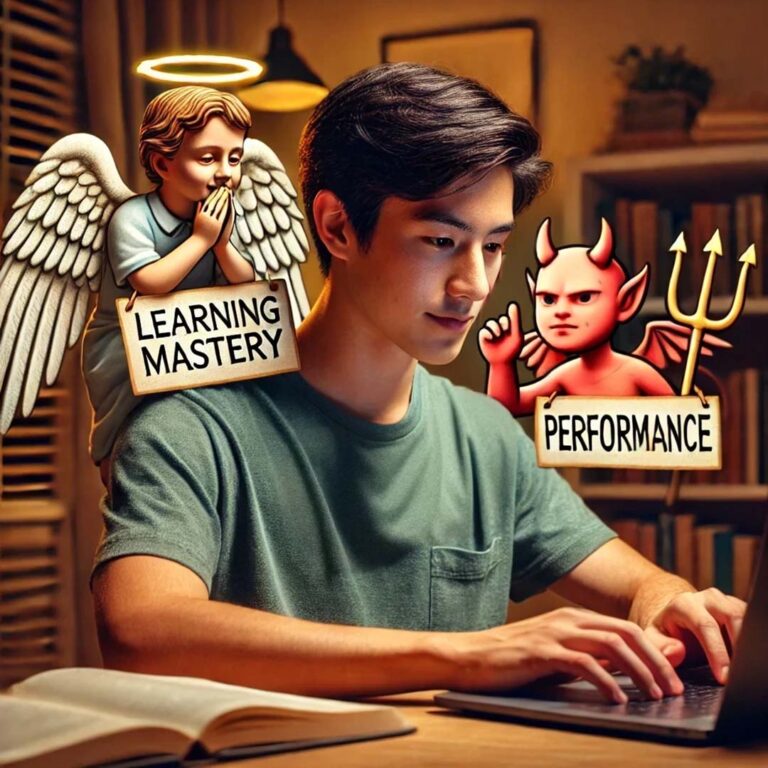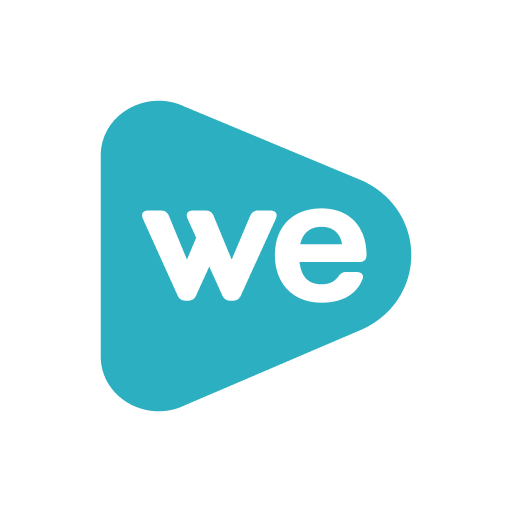Personal Reflections on a CITE Project
A note from CTL: We encourage all of our CITE Fellows to engage in reflective writing occasionally, and we ask that they are brave enough to share that reflection with other faculty. Innovation can be challenging in many ways, but more than anything the mapless terrain of trying something new can be the biggest deterrent to completing innovative projects for which no one can predict the outcome. This entry by Sarah Stanley is a great example of the willingness to not know what she’s doing, to try things that might not work, and to learn from all of her experiences.
I’m feeling a bit behind on my project, so thought instead of performing at how well I’m doing….I thought I’d just reflect on the ideas I have an my intention to act on them this week. The Eyetracker is currently installed on a computer, but I still have no idea how to work it or to teach students how to use it. This is my task for this week. However, the class is going well mainly because we’ve been doing other “innovative” things with relationships between reading and writing.
We use Google Drive in the class which provides access to all for writing in progress. Writing is shared via a folder and the folder clearly states where students should submit their writing. The catch is the students must use a Google Doc to submit. Many compose directly in Drive, but some copy and paste from word. Once the writing is in the folder, we all read it and decide together how we want to again “read” it. The writing assignments “grow” every week, as students were helped to reflect on a memory or scene from their past where they remember something about reading and writing. Each week we have another “layer” that we decide on to add to the writing and develop.
Some of the various ways we have read include the following:
- Use the highlighting feature and highlight the same theme in one sentence in everyone’s writing for this assignment. Then, during class we all took turns explaining why they highlighted what they did.
- Use the highlighting feature to highlight one sentence that is descriptive in nature and one sentence that is analytical in nature. Then, discuss the reasons for the highlighting in class.
- Use the commenting feature to reply to someone’s comment about the analytical aspect of the writing. Get them to engage with you in a conversation about the reading/writing.
- Use the commenting and highlighting feature to apply Saussure (arbitrary nature of the sign) or Heath (Ways with Words) to the developing narrative. Explain how the observation works with Saussure or Heath’s ideas.
- [this week…tomorrow in fact!…] Use commenting and highlighting to find a moment in the “schooled” narrative which gets at a notion of error. Explain the perspective in a comment.
If you have read this far, maybe you can help me, by saying back why you think (or don’t think) this activity sounds like it would be appropriate for undergraduates who intend to be language arts teachers?
Or, how do you think this way of VISUALIZING our reading practices might combine with the Eyetracker in Unit 2?




